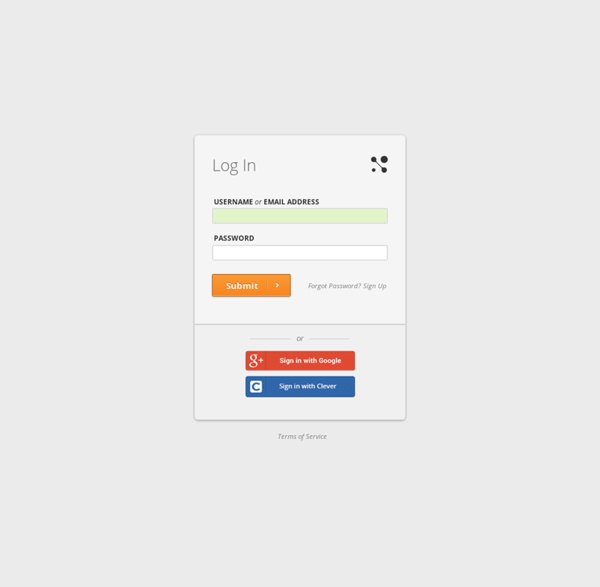Mastery Connect

Days From Now Calculator - number of days from today
Days From Now Calculator - number of days from today This site provides an online "Days From Today" calculator to help you find the date that occurs exactly X days from now. You can also enter a negative number to find out when X days before today happened to fall. You can use this tool to figure out a deadline if you have a certain number of days remaining. Or read the full page to learn more about the due date if you're counting business days or weekdays only, skipping Saturday and Sunday. Note: If you need to calculate the number of days from a specific date, you can use the Days From Date calculator. ››Enter the number of days to count Type in the number of days you want to calculate from today. Due to date calculation restrictions, the allowable range is from -41042 to 8667. Number of days from now: ››April, 2014 calendar Today is Sunday, April 27th, 2014. ››Days From Today calculator This page was loaded in 0.0012 seconds.
QR Code Generator:
Becky-David Elementary
Alphabetizer
Related:
Related:



